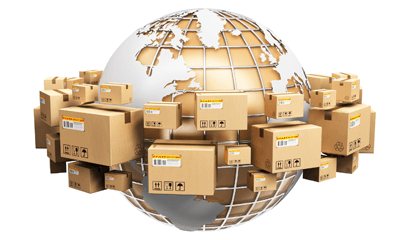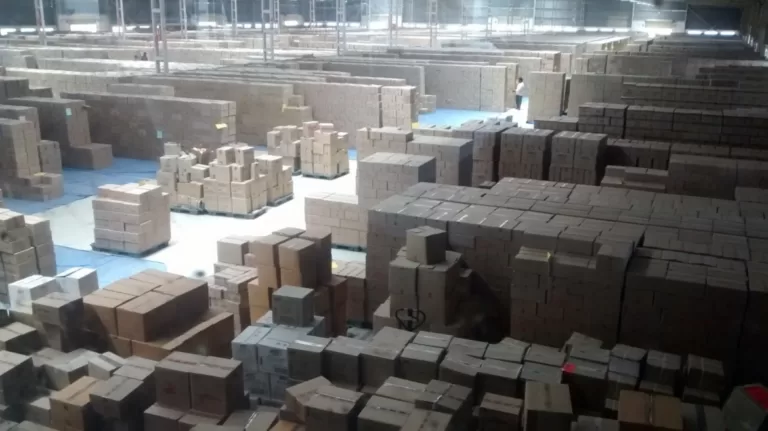Fleet Optimization, Last Mile Delivery Optimization, Route Optimization
Can a hyperlocal delivery model ever be sustainable in 2021?
Aug 8, 2016
3 mins read

While there is lot of debate around whether hyperlocal delivery model is sustainable or not, I believe they have brought about a revolutionary change in how we consume food today — several of us, including me, are heavily dependent on it (irrespective of discounts and offers).
Let’s look at some basic unit economics –
The average ticket size of a meal-kit delivery or grocery order in India is not high enough for restaurant owner to pay INR 45–60 per delivery to 3PL hyperlocal delivery companies. Question which arises then is, should the deliveries move in-house or the focus be maintained on business and leave logistics to 3PLs? If the scale is large, then moving deliveries in-house would seem like a viable option however it will take away a significant focus from your business as handling logistics is not a trivial job and especially when delivery times are in the range of 30–45 minutes. Majority of businesses have been using 3PLs and would continue to use them.
What can make hyperlocal 3PLs more sustainable?
One of the things which, I believe, can help hyperlocal delivery model of 3PL Players is real time order clubbing. This can help 3PLs in achieving per delivery profitability (Even if average number of deliveries per person per trip goes from 1 → 1.25, revenue goes up from 50–55 INR per trip to INR 62.5–68.75). As the order density and scale of 3PL’s increases, average number of deliveries per person per trip will keep going up which in turn makes 3PLs competitive in pricing, leading to more business.
Although for a single business, clubbing will only make sense if order density is highs. Hence, order clubbing across multiple businesses while maintaining customer SLAs for all different businesses is equally important for hyperlocal delivery models.
Larger businesses (higher ticket size and higher scale) require higher service standards leading them to pay higher per delivery rate to 3PLs vs smaller businesses. This makes smaller businesses vulnerable to customer dissatisfaction (missing SLAs, improper communication etc) owing to poor service standards by 3PLs. Cross subsidisation can be a solution to this — smaller businesses can take advantage of already moving 3PL drivers with orders and assign them orders at lower cost. Bigger businesses will be able to keep a tab on delivery rates as 3PLs will be able to accommodate orders from smaller businesses who in turn will be able to use 3PLs at lower delivery rates. I see everybody benefiting from this.
All this is of-course is easier said than done but team Locus has solved this.
Locus is solving complex logistics decision-making problems for some of the biggest brands in Southeast Asia with third-party logistics solutions. To know more, get in touch with us.

This post was authored by: Krishna Khandelwal
Related Tags:

Dispatch Management
Logistics in eCommerce – The Key Differentiator Between eCommerce Players
Optimizing Logistics in eCommerce yields Better Deliveries Make Happier Customers! In India, the eCommerce sector has seen unprecedented growth in the recent past. eCommerce has taken the world of retail by storm and captivated the imagination of an entire generation of entrepreneurs with various business models. This growth was driven by rapid technology adoption led by the […]
Read more
Dispatch Management
Loading a shipping container — Part I
Let’s start with a fable about 3D bin packing. Yes, they were worried about algorithms in the Panchatantra era too. Our default character set: a wise old sage, one greedy miner and one righteous miner. The sage offers the following get-rich-quick scheme to the miners. There is a heap of 100 gold bricks and 1 wooden trunk. […]
Read moreMOST POPULAR
EDITOR’S PICKS
SUBSCRIBE TO OUR NEWSLETTER
Stay up to date with the latest marketing, sales, and service tips and news


Can a hyperlocal delivery model ever be sustainable in 2021?